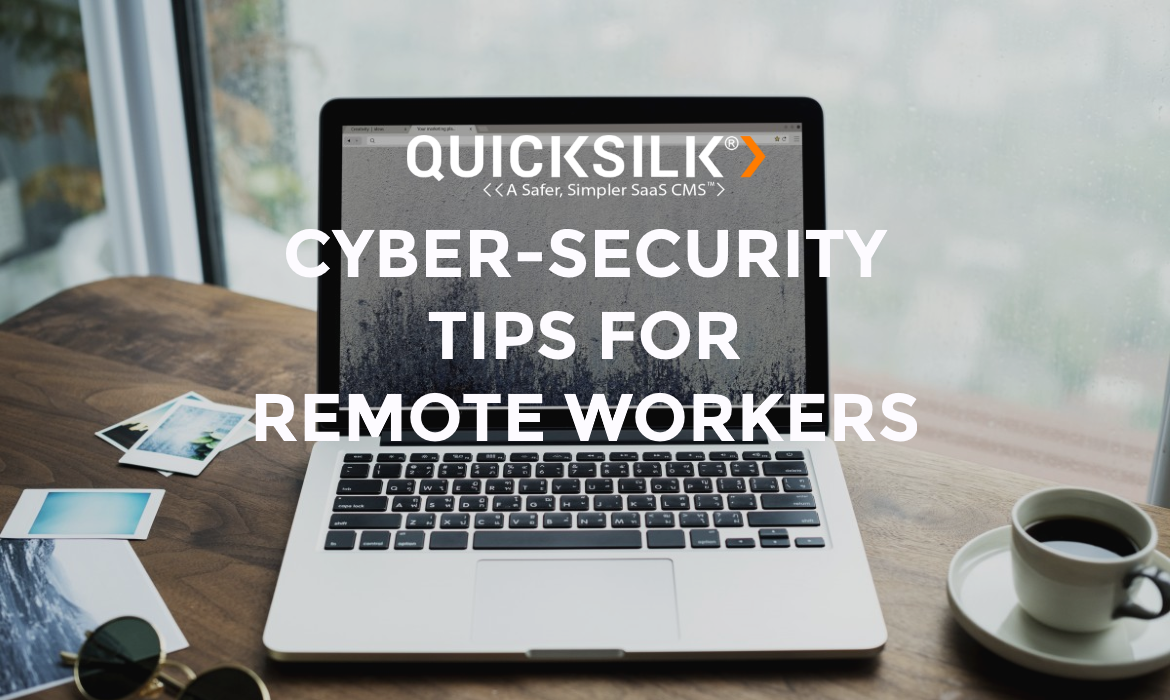
A recent report from Gartner suggests that up to 41% of employees are likely to work remotely post-COVID-19, for at least a limited period of time. This work-from-home trend is also having an impact on other markets, such as manufacturing and healthcare, where technology empowers individuals to work remotely.
To help keep your organization and its employees’ devices safe from cyber-threats while working remotely, here are three cyber-security tips for remote workers:
Use Security Features
This tip is not only about turning on security features; it's also about using them appropriately. In the manufacturing space, for example, the Internet-of-Things (IoT) enables staff to perform tasks from remote locations, using secure remote sensors to monitor key on-site metrics and ensure that operations are able to continue operating safely and efficiently.
Generally speaking, IoT devices have security features that can be disabled. Often, users will turn these protective measures off to improve the device’s usability. This, in combination with default security credentials that are rarely updated, creates a huge cyber-security threat that puts sensitive and critical data at risk.
Cyber-Security Tip #1: It is recommended that you enable as many security features as possible when working from a remote location. Additionally, you should regularly change your passwords.
Multi-Factor Authentication
When working from home, users must configure individual IoT devices on their home network. This creates an opportunity to deploy two or multi-factor authentication. Doing so creates an additional layer of security by using multiple user credentials from different devices, such as your smartphone. An approach like this is particularly desirable when accessing company laptops from a remote location.
Cyber-Security Tip #2: It is recommended that you leverage multiple security controls (e.g. multi-factor authentication), as opposed to simple password challenge authentication . Doing so creates more secure and robust login processes based on a combination of numerical codes, passwords, and biometrics.
Turn Off Devices Before Going Offline
Although there are some IoT devices that must be left to run constantly, such as those which monitor on-site processes and tools, leaving devices unnecessarily switched-on when they’re not in use makes them inherently vulnerable to hacking, abuse, or cyber-theft. Even placing a device in standby mode only reduces the risk of attack, rather than curtailing the threat completely.
Cyber-Security Tip #3: It is recommended that you shut down and switch off devices when they are expected to be idle, or not in use, for an extended period of time. This approach is especially important for remote healthcare workers who often access and share electronic patient records.
Summary
With the infiltration of the coronavirus, and the resulting COVID-19 pandemic, remote work has moved swiftly to mainstream. With the move toward working remotely, organizations have unintentionally created an opportunity for cyber-criminals to exploit vulnerabilities in remote workspaces. In an effort to reduce cyber-security threats and risks, it is recommended that remote-working employees should use available security features, implement multi-factor authentication, and turn off their devices during periods of inactivity or when going offline.